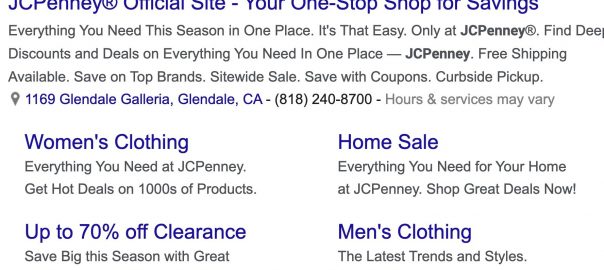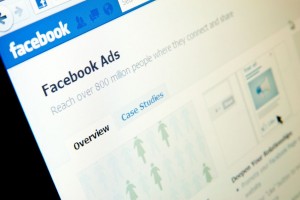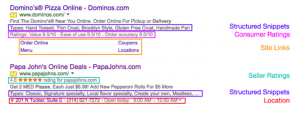PPC (pay-per-click) advertising, a name commonly applied to search ads, is a great way to reach prospective buyers when they’re looking for your products or remind customers you’re still around. If you want to own some of the most valuable real estate on the internet that drives traffic, sales, and conversions, you need to understand how PPC advertising works because this type of advertising isn’t free. Instead, PPC ads use a sliding cost structure that penalizes users who don’t know what they’re doing through something called a quality score, which we’ll discuss momentarily. Even if you used search ads in the past, platforms change all the time and mistakes are costly. So how do PPC ads work, and how can you bypass common mistakes that hold you back? Let’s take a look.
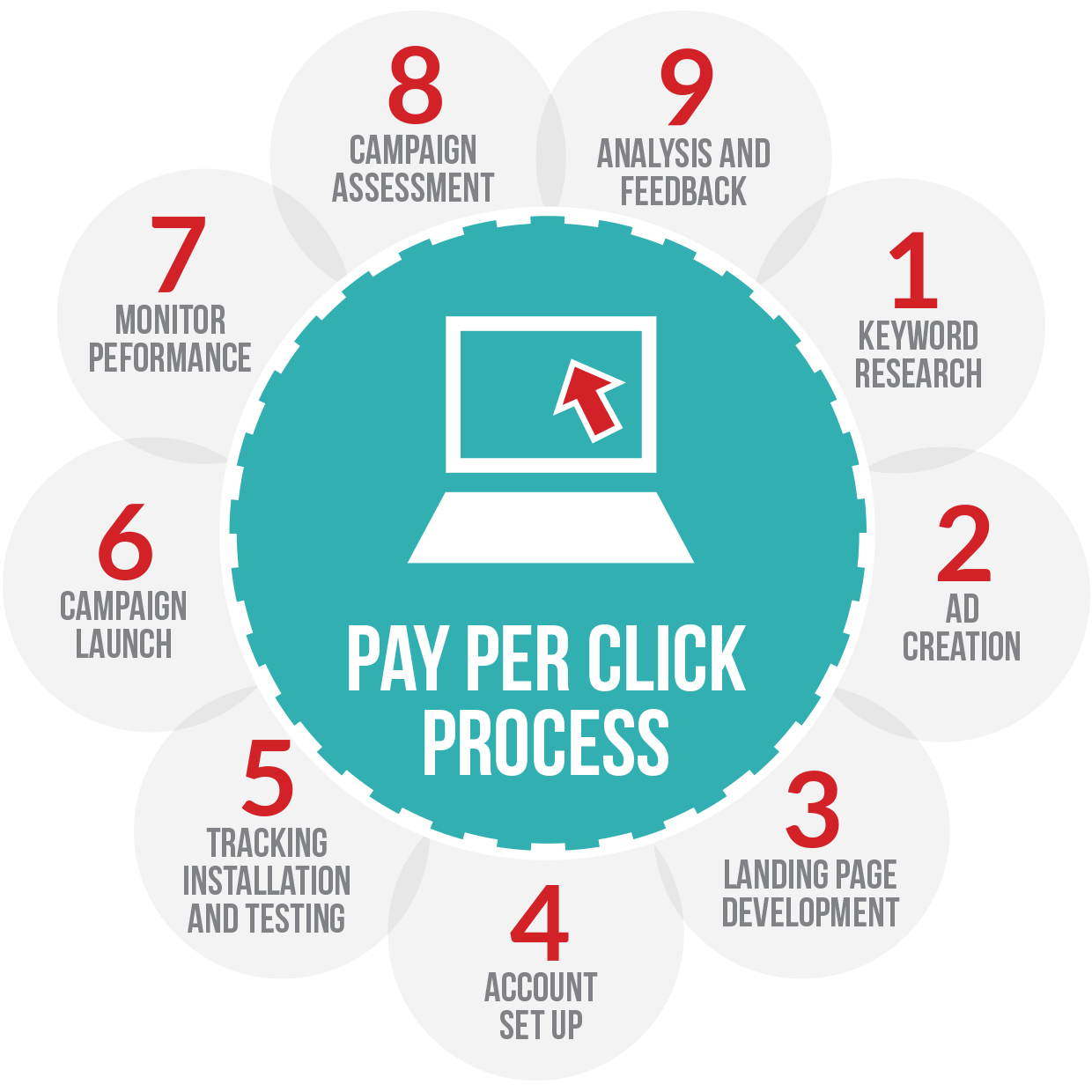 Image courtesy of Piyush
Image courtesy of Piyush
What is PPC advertising?
Before diving into an explanation of how to avoid PPC advertising’s pitfalls, it’s essential to know how pay-per-click fits in a successful marketing strategy. PPC advertising exists on most search engines, but Google retains the lion’s share of search traffic, so I mainly focus this discussion on that platform. Most other search engines, due to the dominance of Google, share many commonalities.
PPC advertising offers 2 options; search advertising and display advertising. Search ads appear when a user enters a query using keywords matching those you chose as part of your campaign. When a user clicks on your ad, you incur a fee and I’ll talk about fee structures in a bit. It’s this aspect that gives the advertising its name. Search ads contain limited text and links or phone numbers for users to learn more about your advertised products.
Display ads appear on websites and the website owner collects a small fee each time a user clicks on the ad. Display ads are images with limited amounts of text and links to your desired web page.
In addition to these advertising options, some social platforms, such as Facebook, offer a PPC option for advertising. These ads are also commonly image ads, although you might use video or a carousel of images.
The “pay-per-click” model is effective for time-sensitive campaigns, addressing competitors, and finding new markets, but businesses quickly jump ship after a few marketing mistakes consume their budget without producing the desired outcomes. Trust us, PPC marketing does work; it just takes knowledge and practice to determine how to make these ads work for your niche.
What contributes to the cost of PPC advertising?
Unlike traditional advertising featuring set fees based on positioning, length, and other factors, PPC advertising uses Before initiating a set of ads, always consider these costs:
- Geographical target location: You can select where you want your ad shown, but some audiences are pricier than others. Advertising in a larger city increases competition, for instance, and commands a higher price.
- Target keywords and industry: Some keywords cost as little as $ 0.08 per click, while others are $ 50 per click. Popular keywords are typically pricey. For instance, advertising in these niches are the most expensive ad markets:
- legal
- casinos
- business services
- bail bonds
In addition, quality score greatly impacts your CPC (cost per click) on search but not on social media advertising. A website with a good quality score may pay a fraction of the CPC for a website with a poor quality score. You can improve your quality score by:
- closely match the keywords used in your ads with the keywords used on the landing page
- CTR (click-through-rate) achieved in prior ads or, as time goes on, the CTR you achieve with these ads
- Signals of good quality such as low bounce rates and longer time on site
- Organizing keywords into logical ad groups
10 ways to improve your PPC advertising campaigns
Effective management of PPC ads is a dance between reducing your CPC and increasing your conversion rate to produce higher returns — we call this ROI for return on investment. If you find your ROI isn’t as high as expected, don’t assume PPC advertising doesn’t work. The problem may be fixable and your ROI improve. Try these 10 tactics for improving your advertising ROI.

1. Track results frequently
Start-ups must track their PPC results if they want to understand what users want and how well ads match their needs. Without a tool to track these results, a company stumbles into success accidentally but more likely misses the mark entirely.
Google offers some analytics as part of its advertising platform (see below) and you can always link your Google Analytics account to your Google Ads account to get richer results.
![]()
2. Focus on the right keywords
Keywords with a high search volume don’t necessarily produce a high conversion rate for your brand. Highly competitive keywords not only cost more, but your ad likely appears in a worse position, such as on page 2 or 3 of search results where few users ever look.
Instead, focus on targeted keywords that are specific to your niche because you’ll likely attract interested customers.
3. Use tightly focused keywords
It’s possible to use the right keywords for your projects and still get penalized. Loosely bunched keywords, like “jewel,” “jewelry,” and “jeweler,” are all related, but their broadness and lack of uniqueness can result in low quality scores when used with every project. Rather than using the same keywords repeatedly, create keywords that are specific to your campaign to see improved results.
4. Too many keywords
Using too many keywords can quickly bankrupt your ad spending but it will also tank your impression share and effectively prevent you from showing up on search engines. Most experts suggest using no more than 20 keywords per ad group. However, there isn’t really a magic number since some campaigns require more; just don’t go over the Google keyword usage limit.
5. Don’t forget about user experience
When users click on your ad, they expect to go to a website that loads quickly and isn’t tricky to navigate. If your landing page takes longer than 5 seconds to load or visitors can’t figure out how to buy or search for products, your bounce rate goes up and your quality score suffers. Paid search won’t fix a bad landing page, so focus on creating a great user experience to keep visitors engaged with your brand.
6. Update ads over time
Maybe your PPC ad worked in the past, but after a few months, you notice it isn’t pulling the numbers it did before. Even experienced account managers struggle to rotate, throw out, or edit previous ad campaigns out of fear new ads won’t match the results of the ads they replace. The solution is to adopt a workflow that includes tweaking ads to get the most out of old but functioning campaigns.
7. Pay attention to your ads
It’s a bad idea to “set it and forget it.” Never wait until the end of a campaign to check your stats because tweaking a campaign is the best way to optimize results. Successful online campaigns are rarely formed by leaving for a month and waiting. Your customer’s likes, dislikes, and spending power changes based on the month from trends and available funds, so stay interested in your campaigns after launch.
8. Optimize your landing page
Newbie PPC advertisers link their ads directly to their website and not a specific page, called a landing page. Think of your landing page as your salesperson. This page must motivate visitors to make a purchase, answer their questions, and lead them easily through the conversion process.
9. Bid on your brand
Bidding on your brand name allows you to dominate search engines. Search any large brand on Google and see how their name appears as a paid ad on the top of the page before the unpaid website link. Keep your brand name on all your marketing to bring awareness to your business, build brand reputation, and prevent the competition from stealing your customers.
10. Using extensions
Extensions are like superpowers when it comes to PPC advertising. Never seen an extension? Yes, you have. Here’s an example.
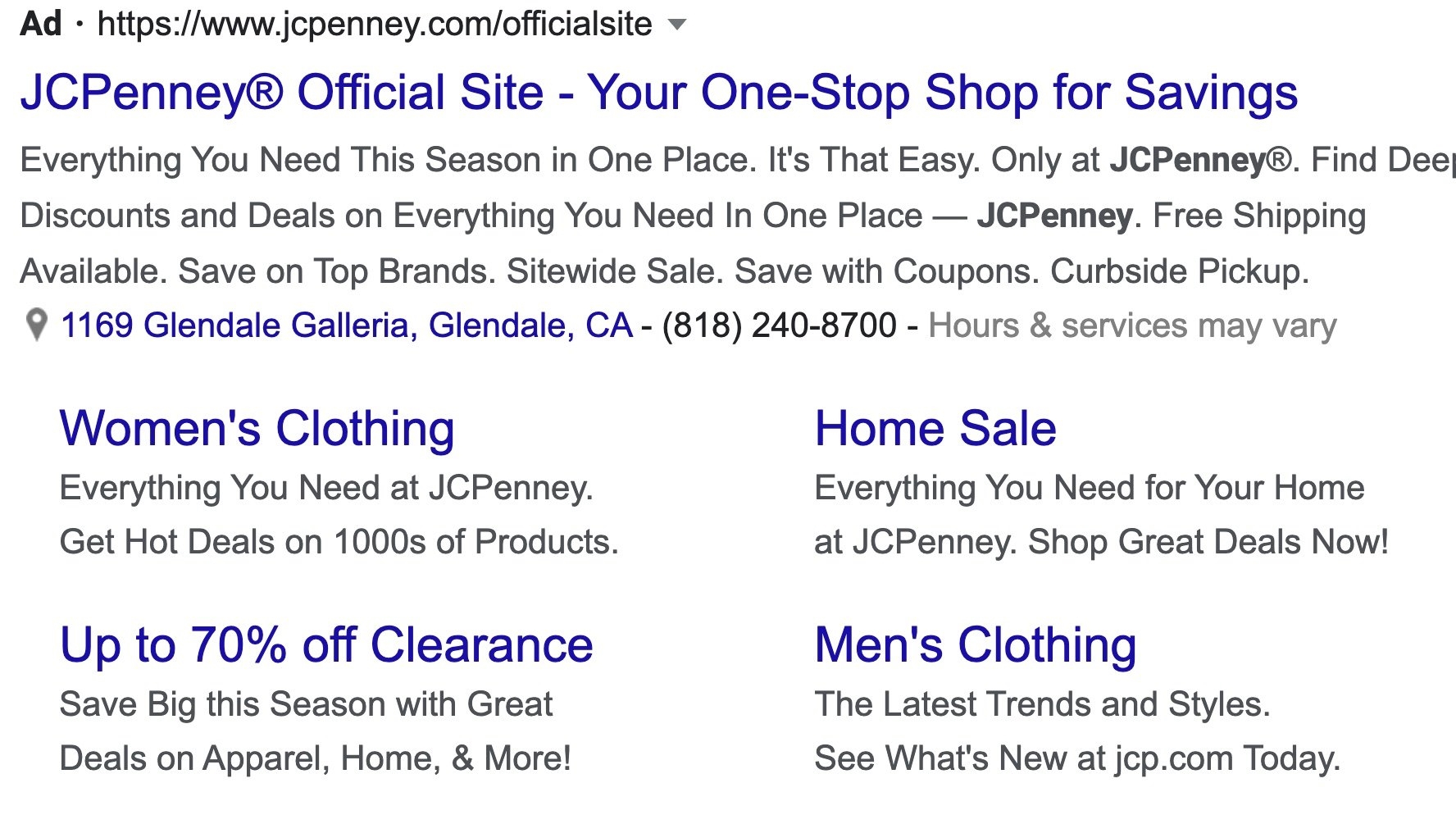
Look how much extra space you get and all this extra space attracts a bunch more clicks and you still only pay for each click once. So, extensions are great for creating awareness. BTW, you don’t pay for clicks beyond the first 3, so users can click away without costing you a nickel.
Digital & Social Articles on Business 2 Community
(58)
